Almost 200,000 Australians died last year. This was far more than usual.
The effects of living with coronavirus and an ageing population saw a 15.3 per cent bump in deaths in 2022, compared to the historical average, provisional mortality statistics from the Australian Bureau of Statistics show.
But, even without the pandemic, the number of people dying in Australia each year is increasing all the time.
READ MORE: Search for Queensland mum vanished on holiday four days ago
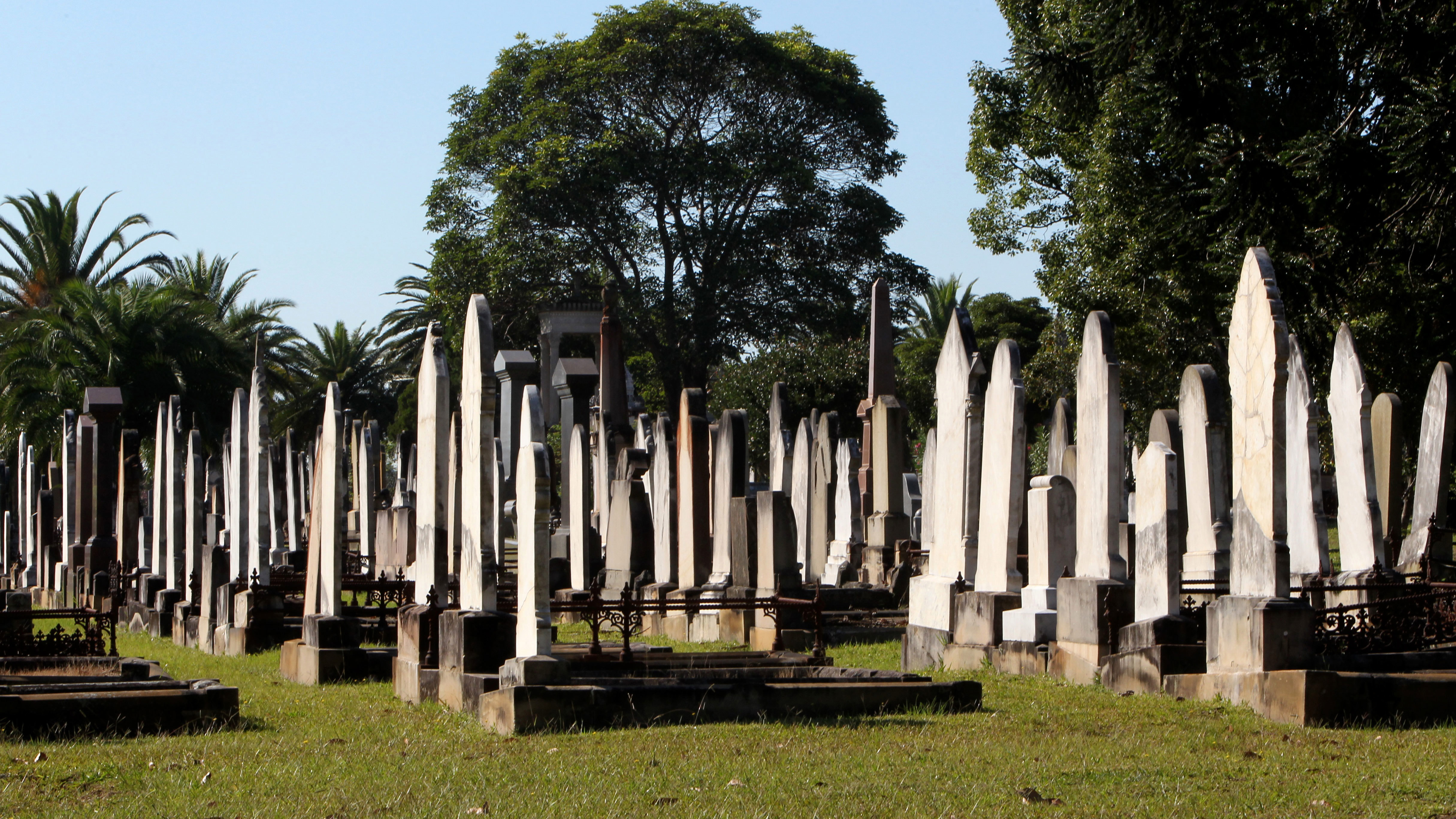
Yearly deaths are set to more than double from 142,000 in 2012 to 300,000 by 2050.
All of this has led to a growing problem - where and how will we continue to bury our dead?
Cemeteries are fast running out of space.
In Sydney, the city's cemeteries are predicted to be full within a decade.
A lack of cemetery space has led to burials becoming more expensive and less popular - about 70 per cent of human remains are now cremated.
At the same time, environmentally conscious families - or their dying loved ones - are demanding more in the way of sustainability from the $1.7 billion death industry in Australia.
All of this has led to a rapid rise in eco-friendly funerals and the introduction of alternative burial methods, industry experts say.
So, what options are out there if you're looking to organise a sustainable burial or funeral?
Here are some of the more unusual methods available, including one that isn't legal here yet, but could be heading to Australia soon.
A water cremation
Most people haven't heard of alkaline hydrolysis, which is also known as water cremation.
However, the world's first water cremation was held in Queensland in 2010, and the practice was made legal in New South Wales in 2011.
There are currently two water cremation centres in NSW, both run by the same company, Aquamation.
The Aquamation centre in Moama, southern NSW, also services clients in Victoria.
READ MORE: Teenage girl dies after trapped under tram in Sydney's CBD
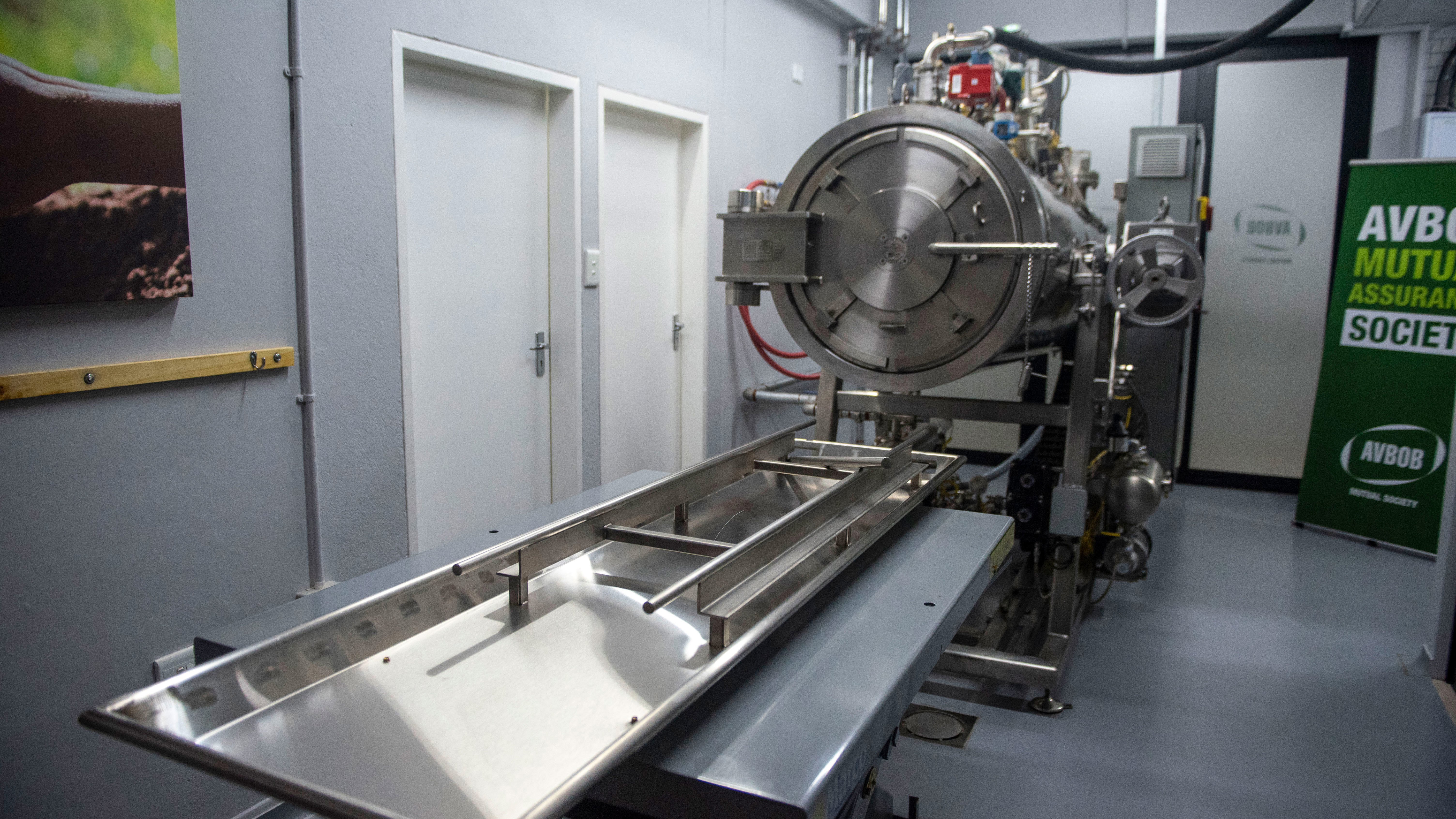
In a water cremation, the body is put into a stainless steel drum filled with potassium hydroxide and 95 per cent water.
The drum is heated to around 93 degrees Celsius and the human remains are liquified over a few hours until only the bones remain.
The bones are returned to the family as ashes in a similar method to traditional cremation.
In the US, the liquid remains of a water cremation are released into the sewerage system.
However, Sydney Water won't allow this, so here they are released out to sea or sprinkled on either private property or bushland, if permission is granted.
Aquamation founder John Humphries said the liquid remains would actually make a good fertiliser.
"The water is very high in potassium and very high in nitrogen. If you go to Bunnings, and buy a bottle of fertiliser, it's very high in potassium and nitrogen and phosphorus," he said.
"So essentially, the water contains two of the three main ingredients in fertiliser."
Humphries said water cremation was often sought out by people concerned about climate change and the environment, because of its low emissions.
A water cremation created just 10 per cent of the emissions of a traditional fire cremation, which uses gas, he said.
Human composting
Would you fancy your body being turned into mulch when you die?
In the US, six states - including New York - have legalised human composting.
This is where a body is placed in a vessel and broken down by tiny microbes over several weeks.
What is left is composted into a rich, fertile soil.
Human composting isn't legal anywhere in Australia yet and introducing the service would require legislative change on the part of state and territory governments.
However, authorities appear open to the idea of human composting being offered in Australia.
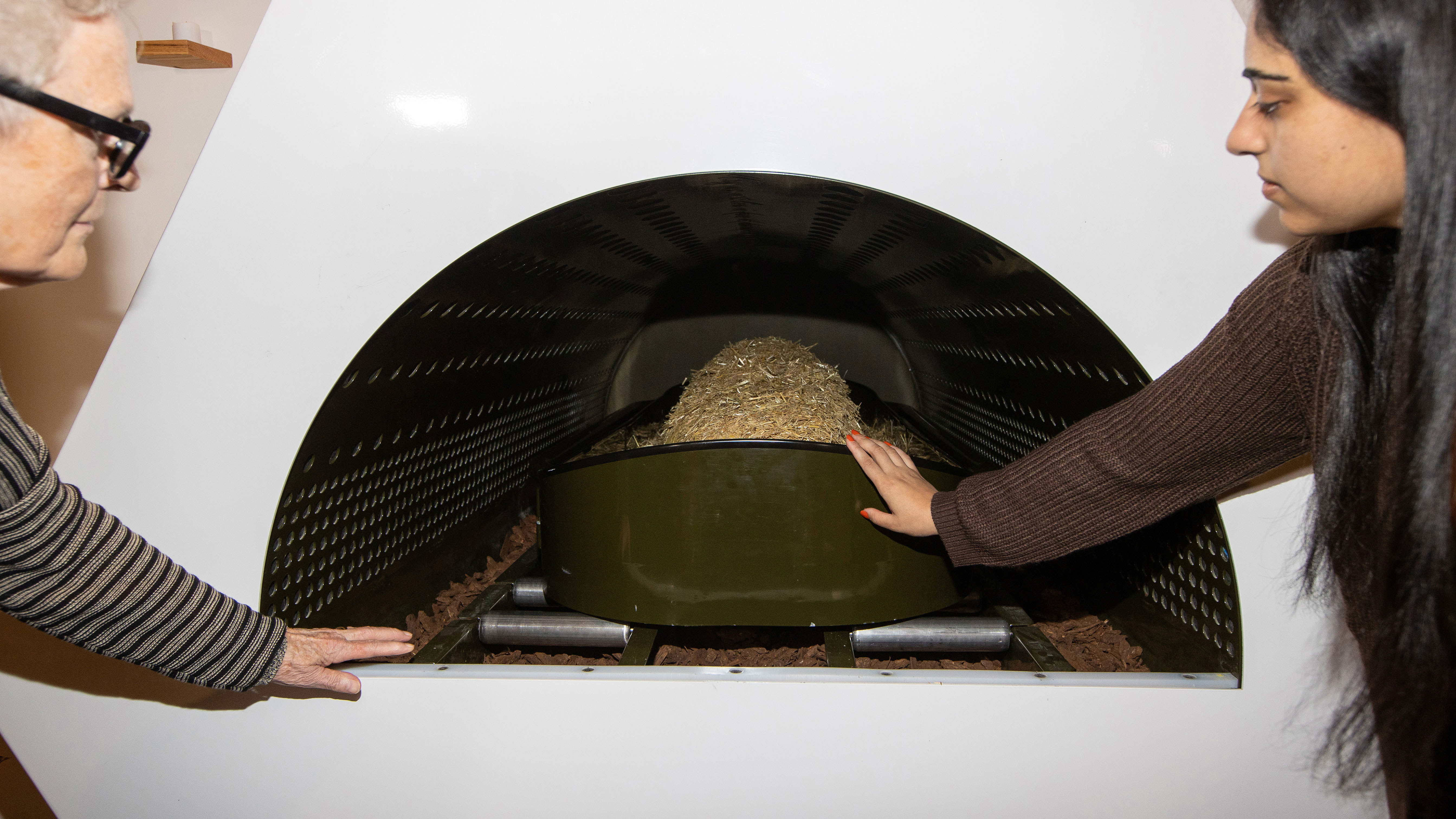
Andrew Eriksen, who is the CEO of Victoria's Greater Metropolitan Cemeteries Trust, told the New Daily website earlier this year that human composting was "worthy of consideration".
The method was raised as a possibility as part of the consultation process for a new cemetery being built in Harkness, in Melbourne's outer west.
Victoria's five Class A cemeteries were currently in talks with the health department about what legislative changes would be needed to allow alternative body disposal methods, he said.
Zenith Virago, from the Natural Death Centre Byron Bay in northern NSW, offers advice to people about how to prepare for the process of dying and what their legal and social rights are.
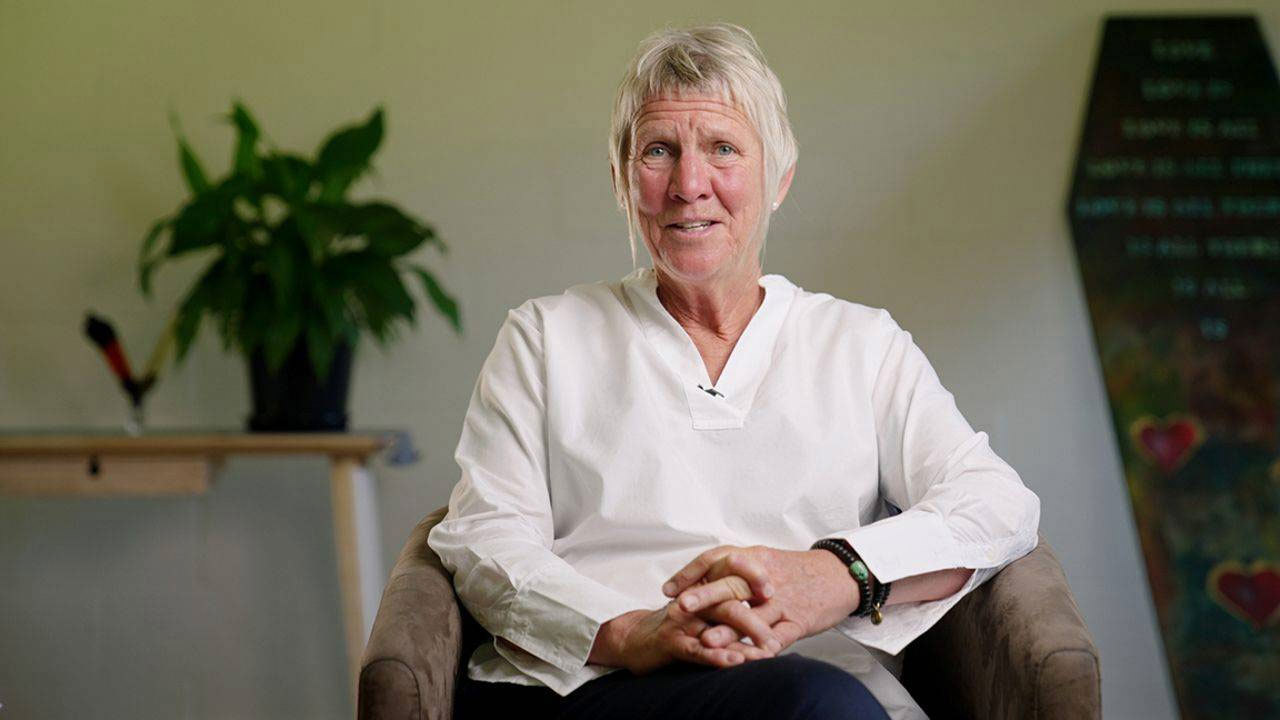
Virago said she was certain human composting would become a reality in Australia and people were already asking for it.
"I can tell you probably once a week someone says to me I want (composting). People are looking for an alternative, that is not just better environmentally, but also more in keeping with their lifestyle," she said.
Shrouded cremation
The idea of shrouding - where a body is wrapped in cloth - has been around for thousands of years and is a common practice in many cultures.
But shrouded cremation, where the body is wrapped in cloth - usually made of natural fibres - and laid in a bearer with a solid base instead of a coffin, is a relatively new offering in Australia.
Right now people can choose a shrouded cremation in Victoria, South Australia and Tasmania.
However, in NSW a coffin is still required for all cremations, except when special permission is granted.
Virago said there were many advocates lobbying for new laws in NSW that would allow for shrouded cremations and she believed a change was not far off.
"For people who have spent all their life trying to be sustainable and environmentally sound, they don't see any point in having to pay $800 minimum for a box to burn, and it goes against everything they stand for."
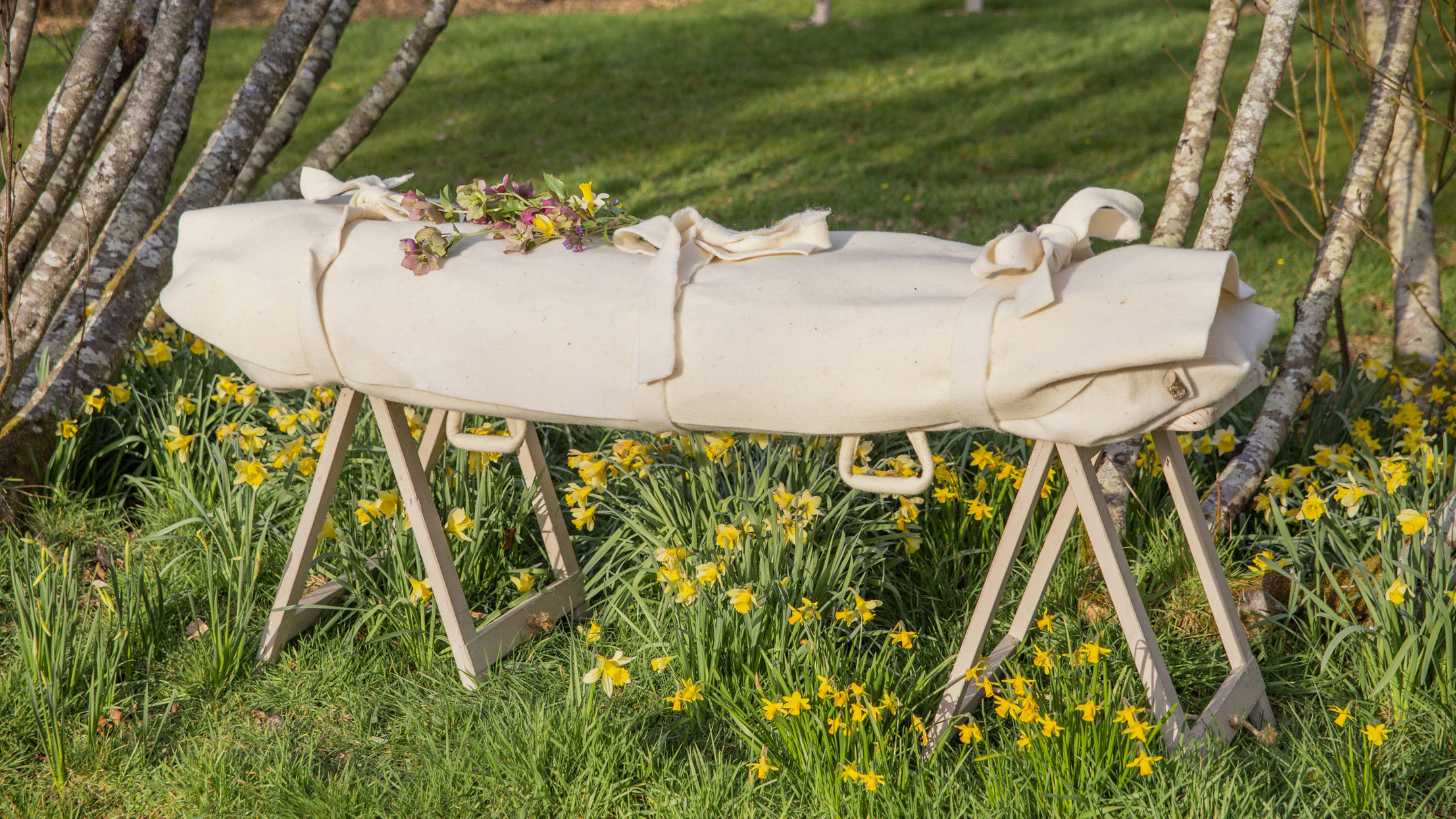
Victorian funeral director Libby Moloney is the founder of Natural Grace, a holistic funeral practice in Victoria.
Moloney pioneered the practice of shrouded cremation in Victoria as a pilot project a decade ago at Remembrance Parks Central Victoria (RPCV) in Bendigo.
It was a shift away from the normal practices at the time, however, shrouded cremation is now available at every crematorium in Victoria.
Moloney estimates about 80-90 per cent of the cremations she helps organise are now shrouded cremations.
For a funeral involving a shrouded cremation, a community coffin is used, she said.
"Families have use of that community coffin for the funeral ceremony," Moloney said.
"Then the body comes back, is gently lifted out of the coffin and placed onto a shroud bearer before going off for cremation.
"The community coffin is then cleaned and made ready for the next family."
Sign up here to receive our daily newsletters and breaking news alerts, sent straight to your inbox.
